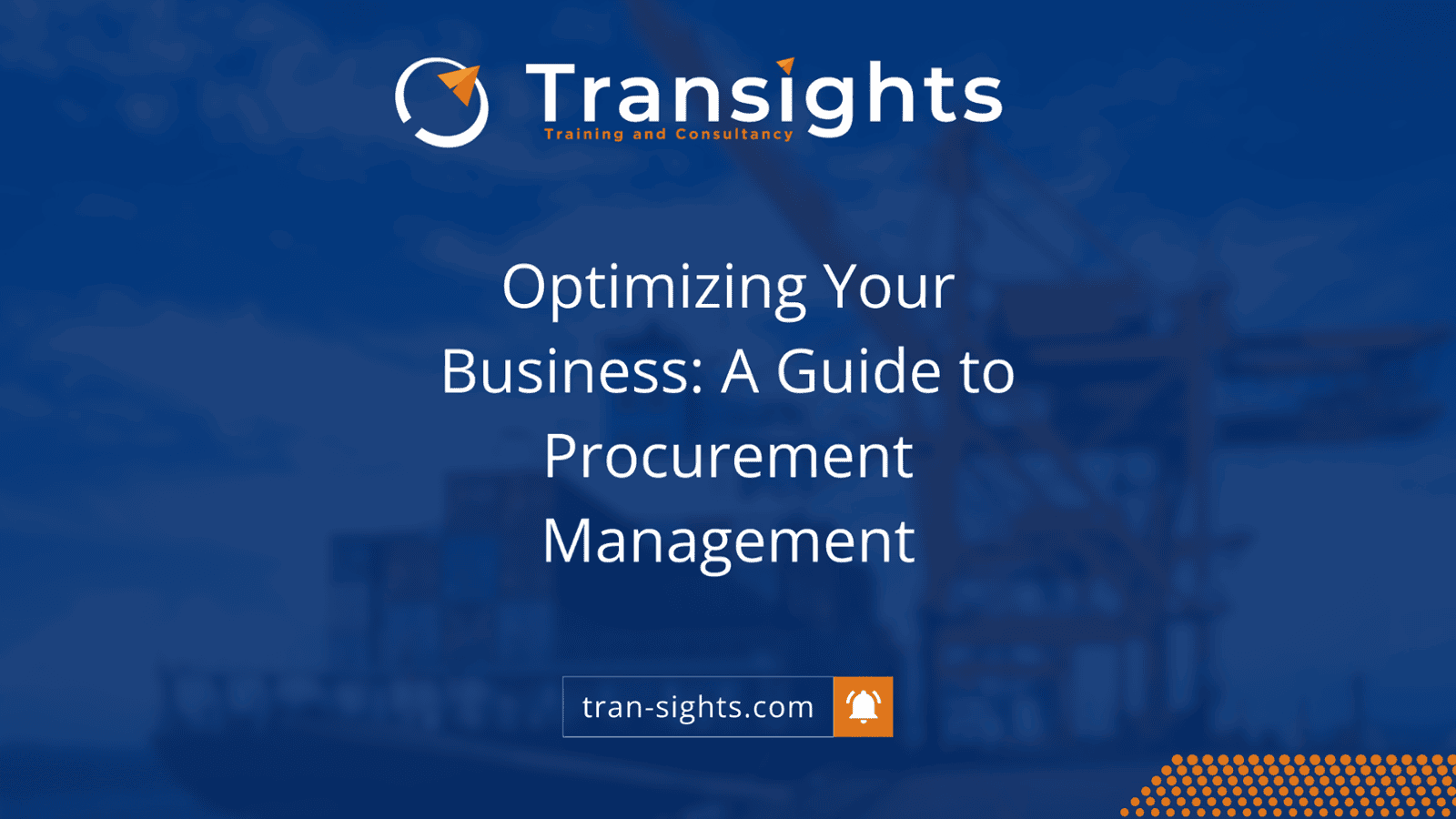
Procurement management, sometimes referred to as "source-to-settle," is the process by which a company obtains the goods and services it needs to function. This goes beyond simply placing orders and receiving deliveries. Effective procurement management is a strategic approach that ensures you get the right materials, at the right price, and at the right time.
Why is Procurement Management Important?
Why is Procurement Management Important?
For many businesses, procurement represents a significant portion of their overall spending. Strong procurement practices can significantly reduce costs, streamline operations, and mitigate risks. Here are some key benefits:
- Cost Savings: By negotiating better deals with suppliers, identifying cost-effective alternatives, and minimizing waste, procurement management can free up valuable resources for other areas of your business.
- Efficiency and Productivity: Streamlined procurement processes can save time and effort for both your procurement team and other departments. This allows everyone to focus on their core tasks.
- Risk Management: Procurement management includes qualifying suppliers, ensuring quality control, and managing contracts. This helps to mitigate risks associated with unreliable suppliers, product defects, and contractual disputes.
- Improved Supplier Relationships: Building strong relationships with qualified suppliers is essential for ensuring a steady flow of goods and services. Procurement management fosters collaboration and communication with suppliers.
The Procurement Management Process
The Procurement Management Process
The procurement management process typically involves several key stages:
- Identification of Needs: This involves identifying the specific goods or services required by different departments within the organization.
- Supplier Sourcing and Selection: The procurement team researches and identifies potential suppliers, considering factors like price, quality, reliability, and compliance with company standards.
- Request for Quotation (RFQ): Once a shortlist of qualified suppliers is established, the procurement team sends out an RFQ, requesting detailed proposals outlining pricing, specifications, and delivery terms.
- Evaluation and Negotiation: The procurement team carefully evaluates the proposals received from suppliers, considering all relevant factors. Negotiations may take place to secure the best possible terms.
- Contract Award and Order Placement: A contract is awarded to the chosen supplier, clearly outlining the terms of the agreement. A purchase order is then issued to formally initiate the procurement process.
- Goods or Service Receipt and Inspection: Upon delivery, the goods or services are inspected to ensure they meet the agreed-upon specifications and quality standards.
- Invoice Approval and Payment: Invoices are carefully reviewed for accuracy before being approved for payment.
Optimizing Your Procurement Process
Optimizing Your Procurement Process
There are several ways to optimize your procurement process and maximize its benefits:
- Technology Adoption: Procurement management software can automate many tasks, streamline workflows, and improve data analysis.
- Standardization: Establishing standardized processes and procedures can ensure consistency and efficiency.
- Supplier Relationship Management: Building strong relationships with qualified suppliers fosters collaboration and helps to ensure a reliable supply chain.
- Performance Measurement: Regularly track and measure key metrics such as cost savings, lead times, and supplier performance.
By implementing effective procurement management strategies, businesses can gain a significant competitive advantage. It's not just about getting the best price; it's about getting the right value for your investment while ensuring smooth operations and minimizing risks.

